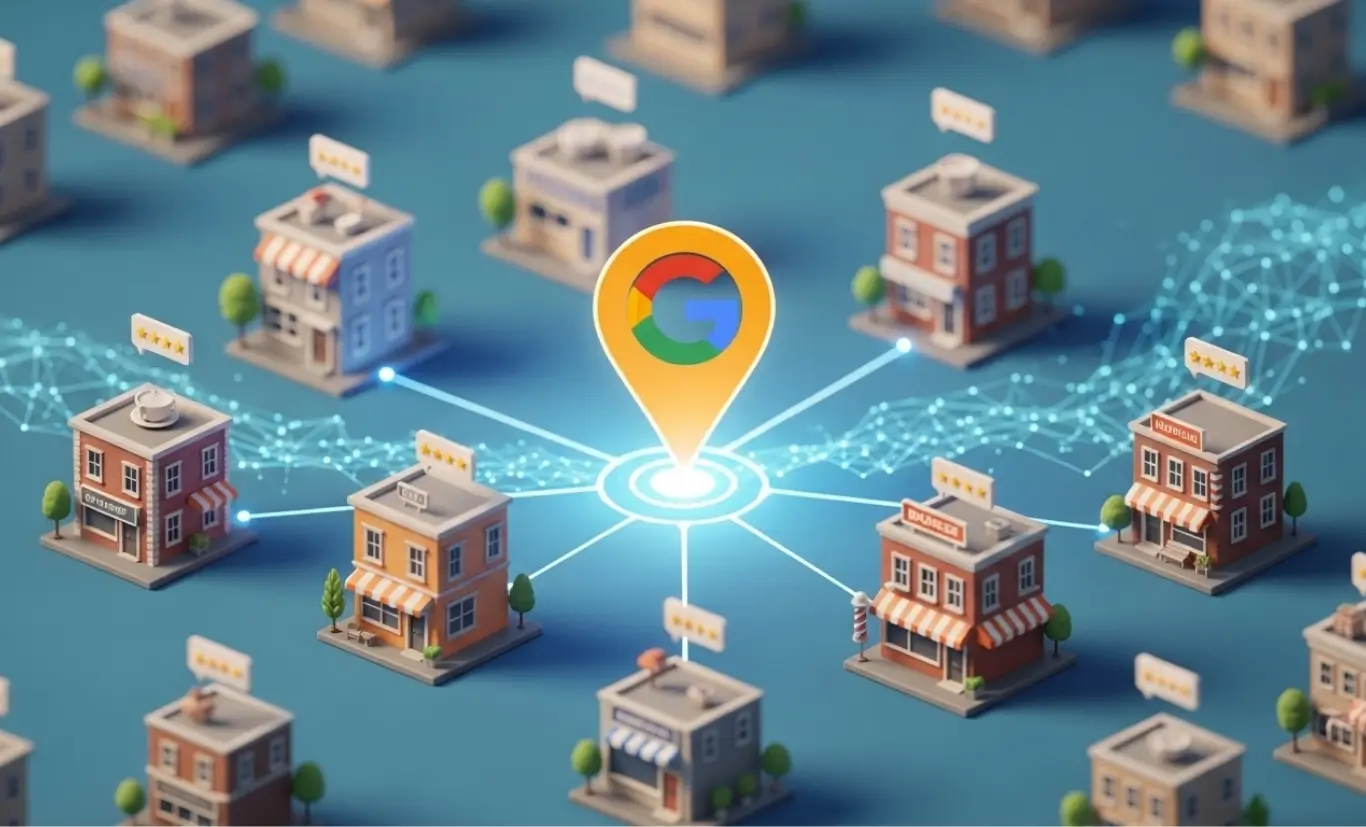E-commerce is a modern sales method that enables businesses to deliver their products and services directly to consumers over the internet. By eliminating the need for a physical store, it offers cost advantages and provides the opportunity to sell on a global scale. While it offers users a fast, practical, and secure shopping experience, it also creates an opportunity for brands to reach a wider customer base.
Sales carried out in the digital environment make it possible for brands to be accessible 24/7. In this way, potential customers can shop without time and location limitations. Businesses can significantly increase their sales through campaigns, personalized suggestions, and digital marketing strategies offered on online platforms.
In addition, e-commerce provides data analysis opportunities that help businesses better understand customer behavior. This allows marketing plans to be directed more accurately and the user experience to be improved. In short, e-commerce is a powerful digital trade model that offers growth to businesses and convenience to consumers.
Positive Aspects of E-Commerce
The advantages provided by e-commerce both accelerate business growth and simplify the shopping experience for users. The reach of the digital environment enables brands to access wider audiences. In addition, low operating costs, fast transaction processes, and personalized marketing methods increase efficiency. In this respect, e-commerce stands at the center of today’s understanding of commerce.
Positive aspects of e-commerce:
- 24/7 accessibility: Consumers can shop at any time of the day, and businesses do not miss sales opportunities.
- Low operating costs: Sales can be made without physical store expenses, which increases profit margins.
- Large customer base: Geographical boundaries disappear and products and services can be offered on a global scale.
- Personalized marketing: Customized offers can be prepared based on user behavior.
- Easy data analysis: More accurate strategies can be developed using sales reports and customer data.
- Fast and easy management: Order, stock, and payment processes become more organized through automated systems.
While e-commerce offers brands flexibility and growth potential, it also creates a comfortable shopping environment for users. When the opportunities of the digital age are combined with the right strategies, it becomes easier for brands to achieve sustainable success.
Benefits of E-Commerce for Buyers and Sellers
E-commerce offers great convenience and advantages for both buyers and sellers. Shopping via digital platforms saves time and enables users to quickly access the products they need. At the same time, it provides sellers with the opportunity to enter a larger market at a lower cost. It creates a practical and economical balance between the two parties.
From the buyers’ perspective, the biggest benefits of e-commerce are variety and convenience. It is possible to compare different brands, analyze prices, and review user comments without going to physical stores. In addition, thanks to campaigns, discounts, and special offers, it is possible to shop more advantageously. User experience–oriented interfaces and personalized recommendations make the shopping process much more enjoyable.
For sellers, e-commerce removes the boundaries of traditional trade. Even a small business can sell on a national or global scale with an online store. The reduction of costs such as warehouse, rent, and personnel increases profit margins. In addition, digital marketing tools make it easier to reach the target audience directly and increase brand awareness.
One of the strongest aspects of e-commerce is strategic management based on data analysis. Sellers can analyze customer behavior to predict sales trends and product demand. In this way, stock management, pricing, and campaign planning become more efficient. Buyers, on the other hand, achieve maximum satisfaction from the shopping experience with fast delivery, secure payment systems, and customer support.
How to Start an E-Commerce Business?
Contact Us
If you are looking for professional digital solutions for your project, get in touch with us today.
📞 0(232) 486 10 95 | 0(850) 885 02 62 | +90 (216) 599 03 78
Starting an e-commerce business can be a highly efficient venture when approached with the right strategy. The first step is to clearly define the product or service you want to sell. Understanding who you are targeting through audience analysis forms the basis of the sales process. At this stage, conducting market research, seeing the competition, and identifying opportunity areas are of great importance.
The next step is to build a strong brand identity. The name, logo, color palette, and overall design of the brand leave the first impression on the user. A professional e-commerce website or a trusted marketplace profile reinforces the feeling of trust. At this stage, a clean, fast, and mobile-friendly interface that fits the user experience should be preferred.
The choice of sales platform shapes the technical aspect of e-commerce. You can create your own website or open a store on platforms such as Trendyol, Hepsiburada, or Etsy. The security of payment systems and the proper management of delivery processes increase customer satisfaction. As much as the infrastructure, logistics planning also plays a critical role at this stage.
Marketing activities are one of the most effective elements that drive the growth of e-commerce. It is possible to reach your target audience through SEO-friendly content, social media campaigns, and email marketing. Setting an advertising budget and regularly analyzing conversion rates ensures sustainable growth.
The final step is to strengthen customer relationships. Post-order support, easy return processes, and active communication channels create brand loyalty. Success in e-commerce is measured not only by making sales but also by building a long-term connection with the user. In this ever-evolving digital market, brands that take consistent steps earn a permanent place.
Are There Negative Aspects of E-Commerce?
While e-commerce brings many advantages, it also includes some disadvantages. Although shopping in the digital environment offers convenience, it requires attention in terms of security risks. Users’ personal data or payment information may be targeted by malicious parties. For this reason, it is highly important that both customers and businesses prefer systems with strong security infrastructures.
Another negative aspect is the inability to experience the product physically. Consumers cannot touch or try the product before purchasing, and in some cases this may lead to a mismatch between expectations and reality. Return processes can also sometimes be complicated. In particular, delays caused by shipping can negatively affect customer satisfaction.
From the sellers’ perspective, intense competition is one of the challenges of e-commerce. Since there are hundreds of alternatives online, price pressure increases and profit margins may decrease. In addition, poor planning of processes such as advertising, stock management, and customer service can make sustainability difficult for businesses. However, with the right strategy and professional management, these negative aspects can largely be kept under control.
Frequently Asked Questions About the Advantages of E-Commerce
E-commerce allows businesses to avoid physical store costs, reach a broader customer base, and maintain uninterrupted sales. Thanks to digital systems, stock, pricing, and campaign management become easier. This increases operational efficiency and strengthens growth potential.
Users can find the products they want on e-commerce platforms without time limitations. Shopping becomes more informed thanks to price comparisons, user reviews, and campaigns. Fast delivery and secure payment systems also enhance the shopping experience.
The online sales model eliminates expenses such as store rent, personnel costs, and energy bills. This makes it possible for small businesses to enter the market with a low budget. In addition, digital advertising budgets are much more economical compared to traditional advertising.
Online stores remove geographical boundaries and enable products to be sold worldwide. Thanks to multilingual support, different currencies, and international shipping options, brands can easily reach a global customer base.
The digital sales environment makes it possible to analyze user behavior and identify sales trends. Data such as purchasing habits, popular products, and conversion rates facilitate strategic decision-making. In this way, businesses can run more targeted marketing activities.
Automated order management, stock updates, and digital invoicing processes enable businesses to use their time more efficiently. Customers can also complete their shopping within minutes. This system offers great convenience for both businesses and users.
A professional e-commerce website strengthens the brand’s digital identity. Visual design, user experience, and digital advertising strategies build trust in the brand. Thanks to social media integration, awareness increases and brand value rises.
Customer satisfaction is increased through personalized emails, live support systems, and loyalty programs. By analyzing user feedback, service quality can be continuously improved. This ensures long-term customer loyalty.
SEO increases the visibility of e-commerce sites in search engines. Appropriate keywords, optimized images, and fast page load times strengthen site traffic. This directly impacts sales potential.
E-commerce is a continually growing model supported by technologies such as automation, data analytics, and digital marketing. With regular updates, user experience optimization, and customer satisfaction–focused strategies, long-term success can be achieved.















Do Comment